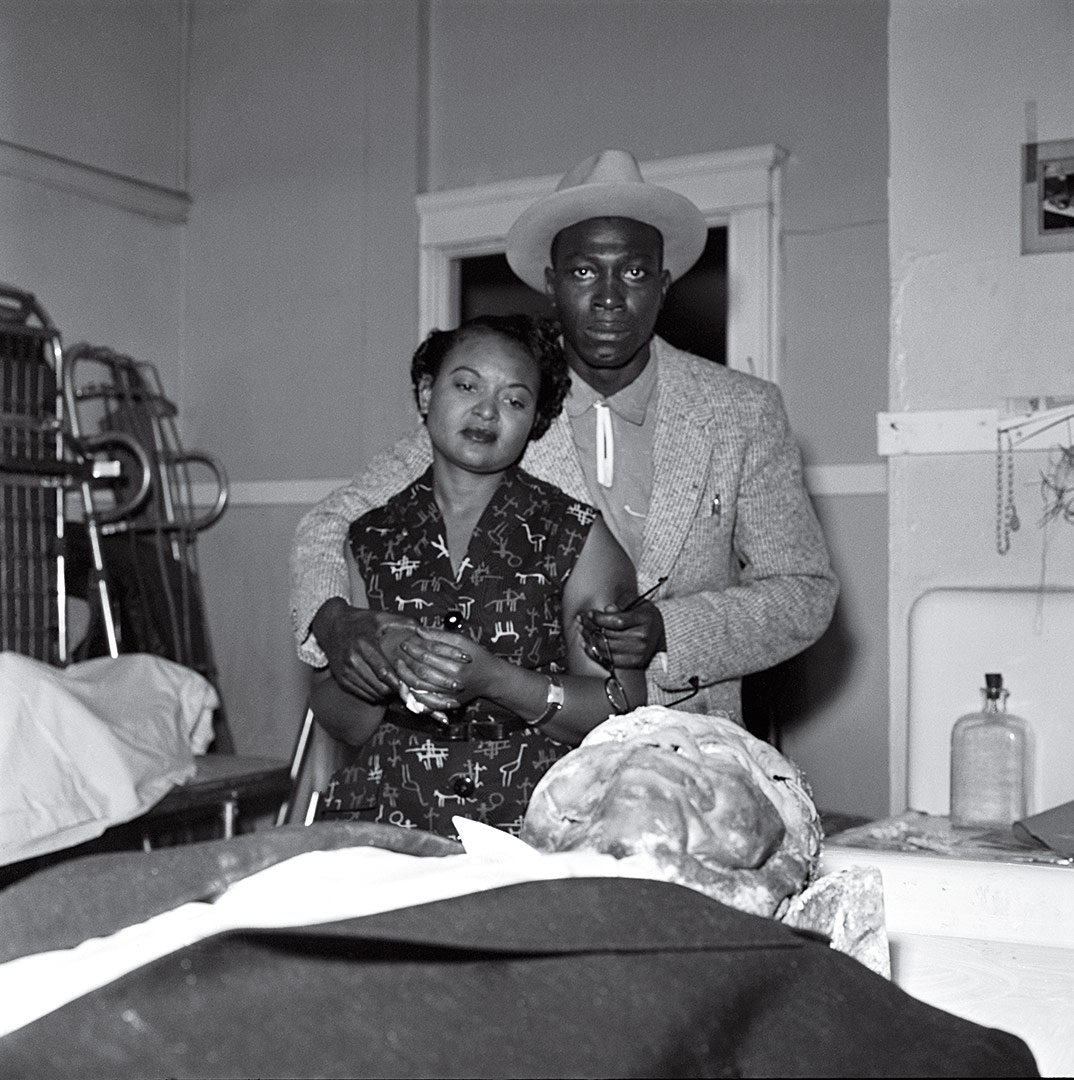Rosa Parks Sparks the Civil Rights Movement
Part of my work as a freelance writer has me create unique writing samples for prospective clients. Recently I completed a sample for Actively Learn, a Seattle-based education company. As it's Black History Month, I want to share this piece with a wider audience. I learned much by writing it. I hope you learn much by reading it.
Like your textbooks, American history contains multiple chapters. The Louisiana Purchase, the end of the Civil War, and votes for women are all significant moments that mark a new chapter’s beginning. The America that existed before these moments is fundamentally different than the America that existed after them. In some cases, comparing these ‘Americas’ is like comparing two different countries. When studying these transformational events in school, we memorize the names of presidents, generals, or titans of industry. So how can one regular person be responsible for starting a new chapter in American history? That's precisely what happened on December 1st, 1955, when Rosa Parks refused to give up her seat on a Montgomery, Alabama, bus to a white passenger.
Rosa Parks' story is enshrined in the Civil Rights Movement. She refused the driver's orders, was arrested and fined $14 for breaking one of Montgomery, Alabama’s many racial segregation laws. “The rest is history,” teachers and textbooks tell us before launching into the story of the Montgomery Bus Boycott and Martin Luther King. However, Rosa Parks did not cause the Civil Rights Movement on her own. The chapter of American history she helped write was only possible due to 15 years’ worth of slow social progress and unimaginable tragedy within the African American community.
Slow Integration
Rosa Parks was born in the early 20th century, when racial segregation was prevalent throughout the United States. In the South, de jure segregation, or segregation by law, separated the races into different schools and other public facilities. In the North and West, de facto segregation, or segregation through other means, restricted the educational and social opportunities of not just African Americans, but other minority groups, as well.
The United States was a broken country, and its rivals knew it. During the Second World War, Nazi Germany and Imperial Japan told their citizens that Americans could never win a war due to their hatred for one another. The need to bring Americans together prompted President Franklin Roosevelt to ban segregation within the federal government and in companies that won government contracts. It was because of Roosevelt’s order that a young Rosa Parks experienced desegregated transportation and workplace conditions when she worked for the war effort. A few years later, President Truman desegregated the armed forces.
So, even before the 1950s, racial segregation was beginning to crumble. Rosa Parks and millions of other African Americans had received a taste of legal and social equality. They weren’t about to give it up.
A Ruling and a Murder
The two years before Parks’ refusal were marred by an exploding powder keg of racial tension throughout the United States. In 1954, the Supreme Court ruled in Brown v. Board of Education that segregation within public schools was unconstitutional. African Americans rejoiced while white Americans in the South dug in their heels. Almost overnight, white Southerners took to the streets to defend segregation. Local and state governments throughout the South sued the federal government and erected posters billboards calling for the impeachment of the Supreme Court’s chief justice. The threat of violence against African Americans was at its highest point in decades.
The ‘last straw’ involved a despicable murder. In November 1955, an all-white jury in Mississippi acquitted two white men of murdering Emmett Till, an African American teenager. Even in the still tightly segregated South, the decision rocked the region. Both defendants had admitted to kidnapping Till. Also, Till's mother had allowed images of her son's beaten and bloated corpse to appear in major newspapers around the country. The ruling shocked Americans of all races and caused much of the international community to condemn the United States’ inaction on racial segregation.
Throughout the South, African Americans had had enough. All they needed was a spark to light the fire.
Rosa Parks’ Spark
Rosa Parks did not intend to break the law when she boarded that Montgomery bus. She followed the rules and sat in the ‘colored' section. As the bus' ‘whites-only' section filled, the driver moved the color barrier to behind Parks’ row. It was then she refused to give up her seat to a white man. A long-time member of the NAACP, she had learned how to apply non-violent resistance to when faced with the white community’s bigotry and intolerance. She did not resist arrest but went quietly as police took her to jail.
The Montgomery chapter of the NAACP had found its rallying point to protest segregation. Within days, the NAACP printed tens of thousands of flyers promoting a bus boycott. A twenty-six-year-old minister named Martin Luther King, Jr. convinced the city's African American preachers to spread the word of the boycott to their congregations. In the following days, the lack of African Americans riding city buses almost bankrupted Montgomery's public transportation system. Despite arresting the boycott’s organizers, including Rosa Parks, the city eventually relented and integrated the city's buses near the end of December.
The success of the boycott, in addition to the white community’s violent response, brought national attention to Montgomery. Over the following years, from buses to lunch counters, African Americans and their white allies applied the same non-violent resistance techniques to bring an end to de jure segregation throughout the United States.
However, even today, de facto segregation is still alive and well. Its face is not an angry mob, but simple neglect. Many minority communities lack access to necessities such as healthy food, clean water, and social services such as healthcare facilities. It will take this generation, your generation, to fight these injustices like Rosa Parks and her contemporaries did over 60 years ago.


